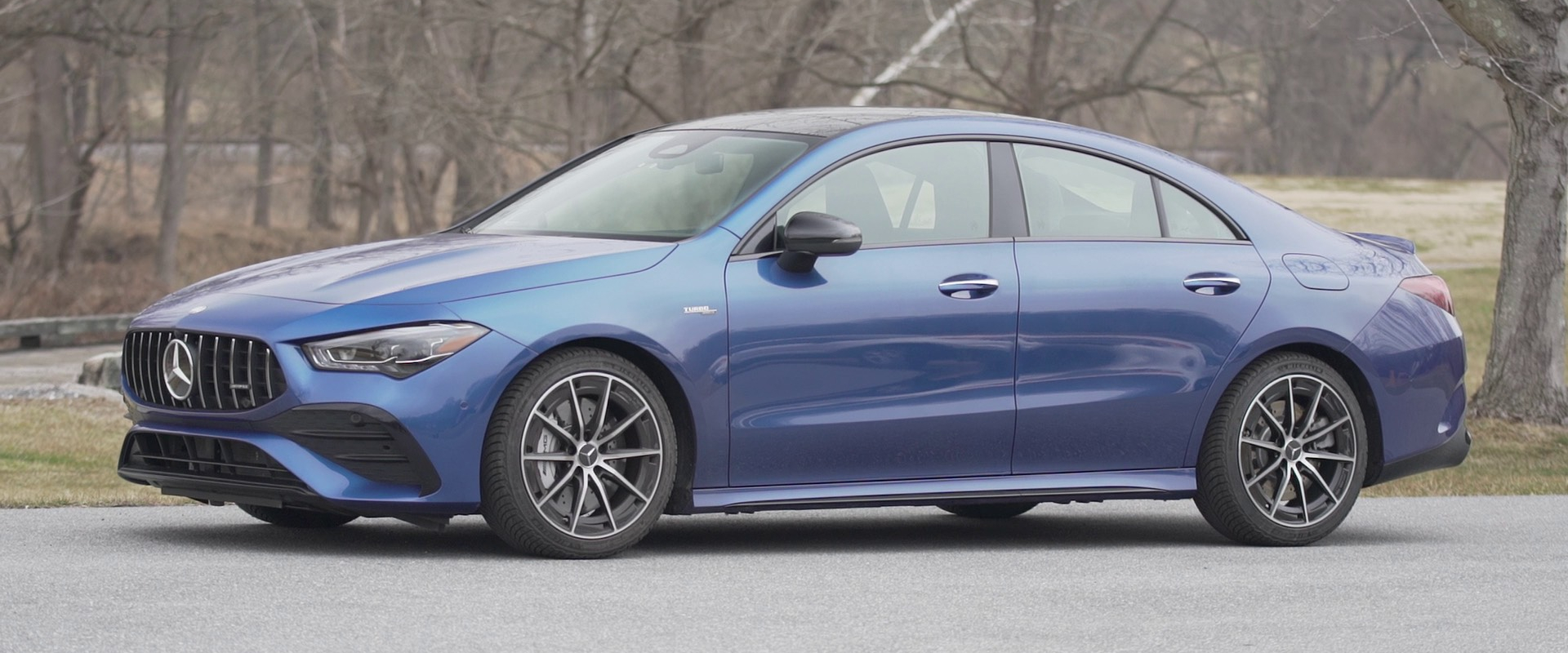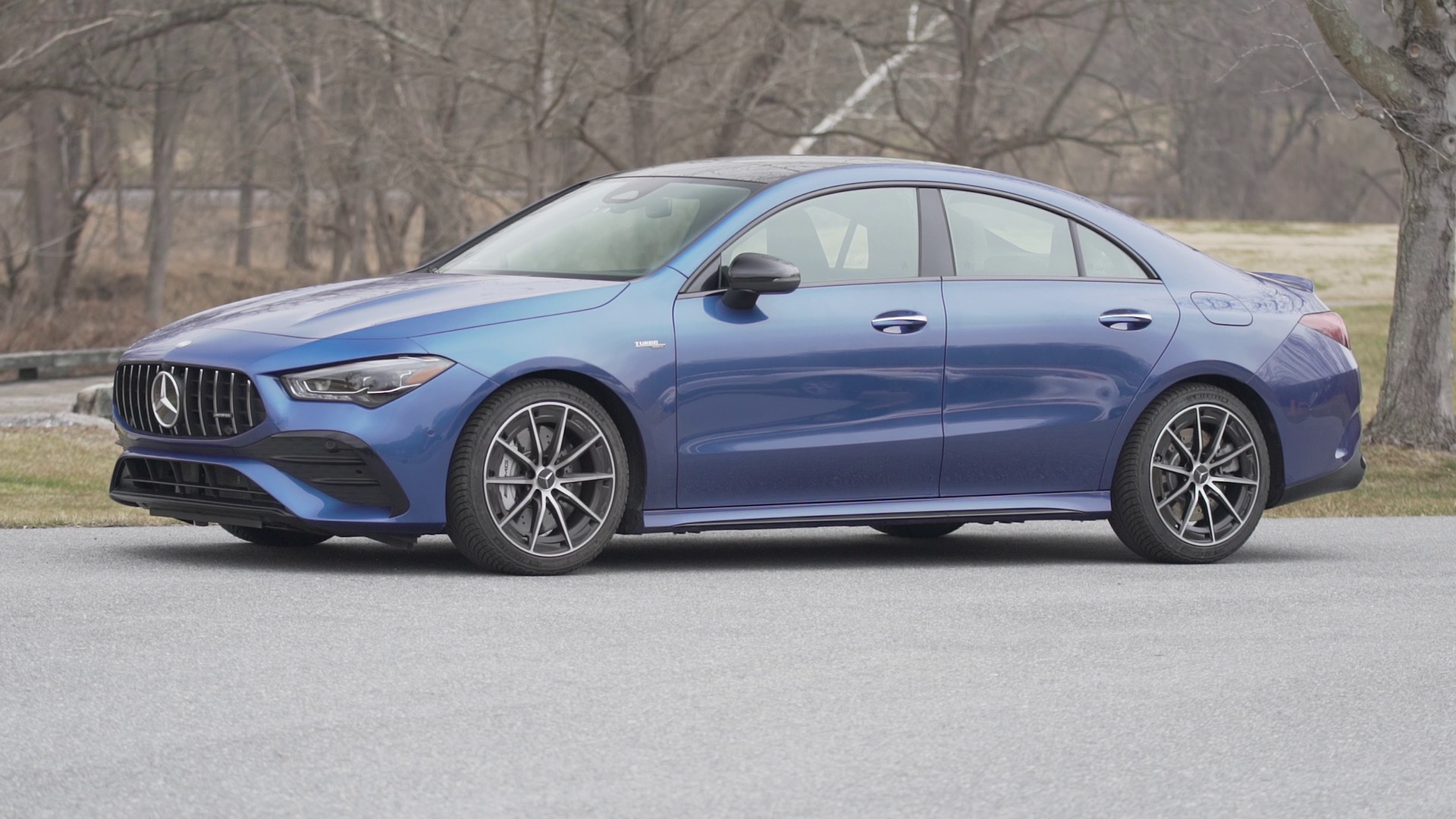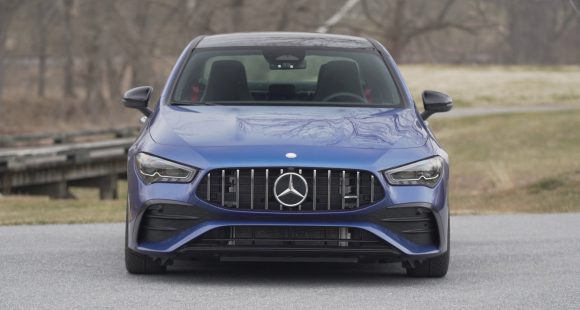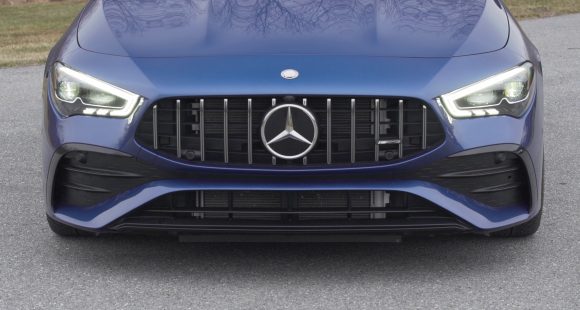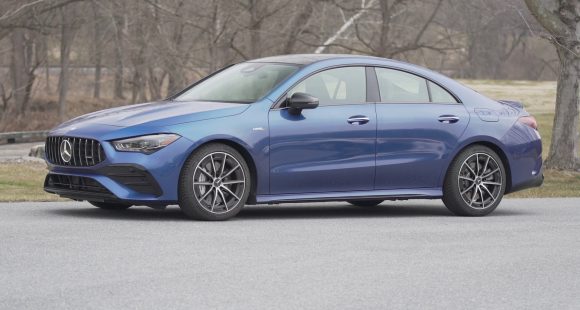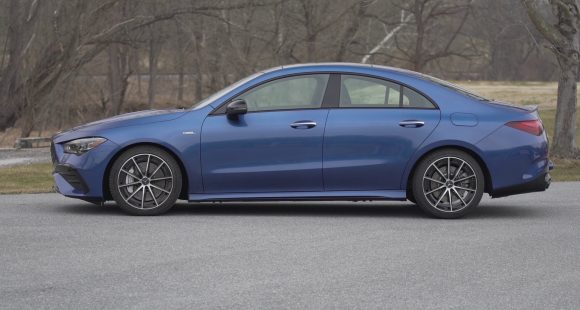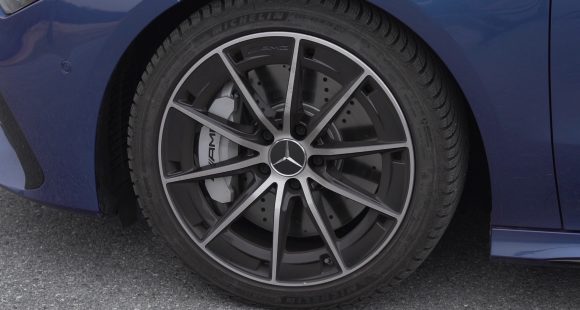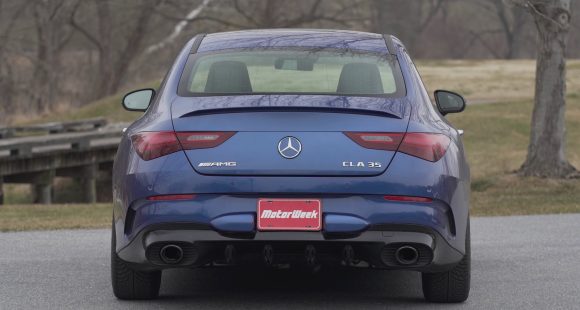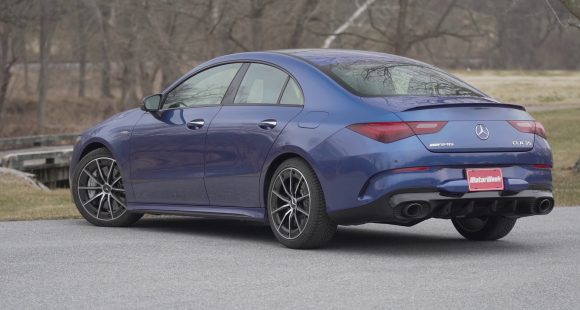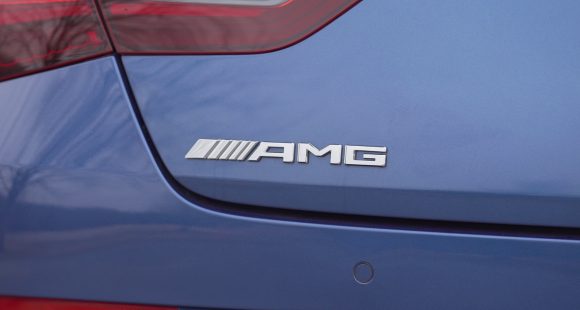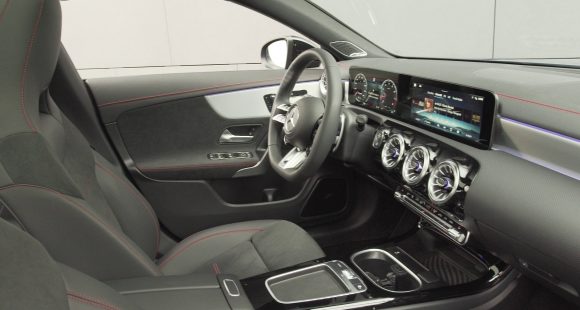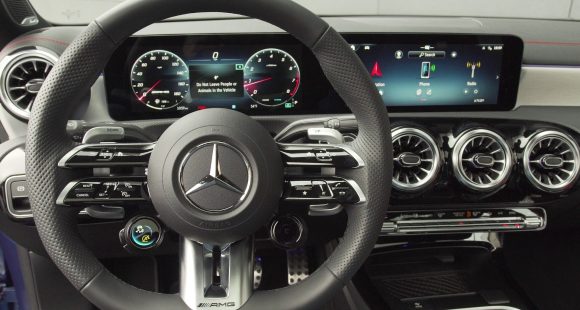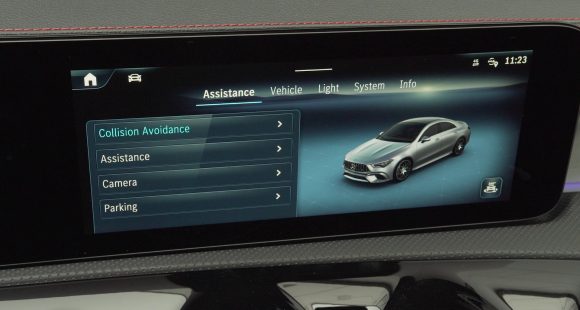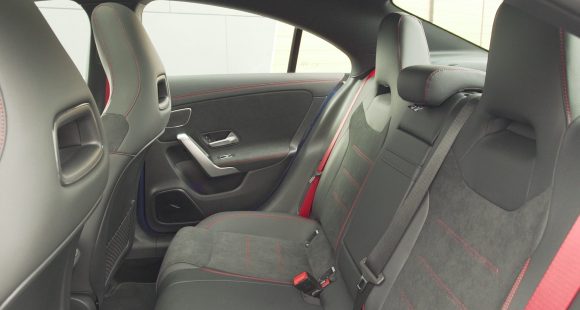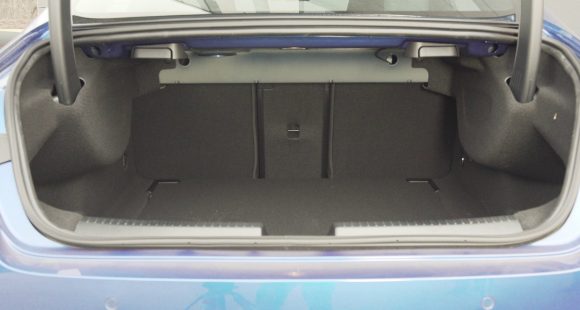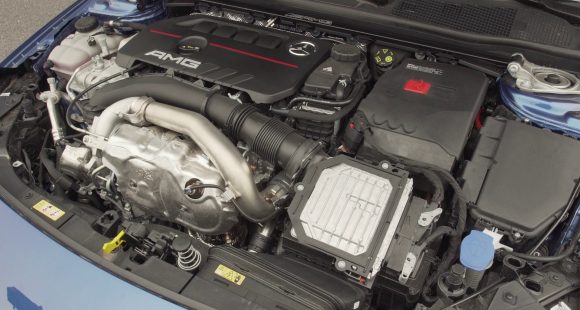2016 Toyota Prius
While almost every major car brand offers some form of hybrid vehicle, it’s Toyota that is truly the hybrid champ, with over 8 million hybrids on the road worldwide. And the vast majority of them are the hybrid that started it all, the Prius. Well, believe it or not, now it’s time for a 4th generation of the popular gas-electric. Let’s see if it’s still a green-machine benchmark.
Not only is this 2016 Toyota Prius all-new, but it’s built on Toyota’s New Global Architecture that will carry a wide variety of new models in years to come; not just hybrids.
And while that might be mostly about cutting costs and simplifying production, it’s a much stiffer platform that is supposed to deliver a more rewarding driving experience; not a past Prius strong suit. Is this the fun to drive Prius we’ve been waiting for?
Well, a first-time double wishbone independent rear suspension is certainly an upgrade over the former torsion beam. It provides both a smoother reaction to bumps, and better grip in corners.
Now, we’re not saying it can now moonlight as a track day ride, but there is clearly a better, more in control feel behind the wheel. Furthermore things have gotten quieter and visibility has improved all around.
 Prius is longer than before, by over 2-inches; and appears less bulbous, if also less familiar. In fact, a taller front grille area, most probably for pedestrian crash protection, and a flatter, more defined hood, alters the traditional Prius triangular profile significantly. The stance is wider, lower, and with lots of front fascia character lines, far more aggressive.
Prius is longer than before, by over 2-inches; and appears less bulbous, if also less familiar. In fact, a taller front grille area, most probably for pedestrian crash protection, and a flatter, more defined hood, alters the traditional Prius triangular profile significantly. The stance is wider, lower, and with lots of front fascia character lines, far more aggressive.
Lighting is a big contributor to that theme too, from the standard, menacing slim LED headlights, to the form following signature tails.
New looks and improved driving capabilities are great, but Government Fuel Economy Ratings are far more important to the Prius buyer. While not yet finalized, Toyota estimates 54-City, 50-Highway, and 52-Combined. Or overall, 2 more than last year.
There will also be an Eco model with lighter weight and enhanced aerodynamics that will push the numbers even higher, to 58-City, 53-Highway, and 56-Combined.
As for the hybrid gasoline-electric powertrain behind those gains, it has gotten lighter and more compact.
The gas-fed internal combustion part remains a 1.8-liter I4; but it’s been redesigned top to bottom. And while fuel efficiency is up, power is down. Total output now comes at 121-horsepower.
Transmission remains a CVT, with a combined transaxle/electric motor that is also smaller and more efficient. If only we could figure that trick out for ourselves.
 The powertrain space saving translates to more space inside. It was already a pleasant, if not super comfortable environment, but now it’s been upgraded to be a bit more mainstream and perhaps more inviting, but there is still plenty of that “Prius feel” remaining to keep it unique.
The powertrain space saving translates to more space inside. It was already a pleasant, if not super comfortable environment, but now it’s been upgraded to be a bit more mainstream and perhaps more inviting, but there is still plenty of that “Prius feel” remaining to keep it unique.
The instrument panel now has a hint of a wraparound theme to it, and controls are more in-line with the rest of the Toyota car family. Yet, the wide, and very comprehensive full-color TFT gauge cluster remains in a centrally located dash top bubble.
Steering wheel controls are even more comprehensive, and of course there’s a big center touchscreen for navigation and the like.
Front seat comfort and support have never been Prius strong points. 20-16 makes another stab at correcting that. The cockpit feels wide and airy, and there is excellent small item storage. The rear seat is also more comfy even as the space retains its coziness.
Cargo space is up slightly as well, to 24.6 cubic-ft. with a spare tire, 27.4 without; thanks to the smaller battery pack which is now Lithium-ion in most models, and now located completely under the rear seat.
 It seems like everything you buy these days, whether it’s a toaster or toilet boast increased safety, and for ’16 the Prius gets Toyota’s Safety Sense, with Lane Departure Alert, Radar Cruise, Pedestrian Detection, and other active features to keep you from hitting anything or anyone; making the new Prius a borderline autonomous machine.
It seems like everything you buy these days, whether it’s a toaster or toilet boast increased safety, and for ’16 the Prius gets Toyota’s Safety Sense, with Lane Departure Alert, Radar Cruise, Pedestrian Detection, and other active features to keep you from hitting anything or anyone; making the new Prius a borderline autonomous machine.
Pricing starts off at exactly the same place as the outgoing model at $25,035. A top end Four Touring starts just over 30 Gs.
We’ve been down this road three times before with Toyota. As like many of their recent products, their hope is that the 2016 Prius will transition from being a rational purchase to an emotional one. We’re not sure it’s quite there, yet. But bottom line, the Prius will continue to do what it has done for years, expand the hybrid profile to more and more households, and be the gasoline/electric benchmark for others to follow.
Specifications
- Engine: 1.8 liter I4
- Horsepower: 121
- Torque: 105 lb-ft.
- EPA: 54-City /50-Highway
2024 Mercedes-AMG CLA 35
Goldilocks Approved: It Does Everything Just Right
These days, you don’t have to spend a ridiculous amount of money to get some real-deal AMG performance from Mercedes-Benz, as they’ve spread their high-performance love throughout their lineup. So, let’s go for some high-speed bargain hunting in the Mercedes-AMG CLA 35.
You may think of big cars and bigger horsepower when you hear AMG, but this updated 2024 Mercedes-AMG CLA 35 4-door Coupe is certainly not a big car, yet there’s no doubt it packs a serious performance punch. The CLA is not the least expensive Mercedes you can currently buy in the U.S., but it is their lowest priced car, and it feels more right-size than small-size behind the wheel.
It’s a fun, enjoyable ride that lets you know what you’re in for right away with a nice raspy exhaust note at start up. Standard engine in the base CLA 250 is of course a 2.0-liter 4-cylinder turbo, but it is ‘Benz’s latest with mild-hybrid assistance and a rating of 221-horsepower.
This CLA 35 is one of two AMG versions which cranks the turbo up to boost output to 302 horsepower and 295 lb-ft. of torque; the CLA 45 S, goes even further with a full rebuild to crank it up to 416 horsepower and 369 lb-ft. of torque. The CLA is front-wheel-drive based but is sending power to all four wheels by the time it leaves the AMG shop with performance-tuned AMG 4MATIC.
AMG has done serious suspension tuning as well, and the great feedback that it provides through the AMG Performance steering wheel is a big part of this car’s fun-factor. But our test car came equipped with winter tires, which did hold us back a little bit through the cones at our Mason Dixon test track. Still, it felt both agile and fun and body roll was minimal. Not until we pushed hard could we really feel the lack of dry pavement grip from those tires. On the other hand, a few days after track day, we actually did have some winter weather to drive through and then we were very appreciative of the grip those winter tires provided.
With some assistance from AMG’s sweet launch control, which not only allowed us to launch at 3500 RPM with no wheel slip at all, but made sure the turbos were feeding full power, as we felt no turbo lag whatsoever on our quick 4.5-second trip to 60. AMG’s Speedshift eight-speed DCT lived up to its name, delivering quick and hard hits throughout the 13.1-second, 104 mph quarter-mile.
It’s a fun, enjoyable ride that lets you know what you’re in for right away with a nice raspy exhaust note at start up.
When it came time to remove speed in a hurry in our panic runs from 60 mph, those winter tires again played a factor, as the brakes felt very strong and there was very little nosedive but stops took a longer than expected 125 feet.
Now this 2nd generation CLA arrived for 2020, and for ’24 gets a subtle restyling at both ends. At the front, the grille has been redesigned, AMGs getting their own unique version with big vertical slats, prominent Mercedes star and subtle AMG badge. LED headlights are new, now labeled as High-Performance headlights, joined by upgraded rear taillights and a very aggressive looking AMG diffuser with big exhaust outlets. The back-up camera is smoothly hidden in a flip-out Mercedes badge. Multiple new wheel designs are available with sizes up to 19-inches.
Inside the CLA’s cabin, additional standard content includes a leather steering wheel and 10-inch media display. Both of which were already part of the AMG transformation, though AMG Line buyers can now add some heat elements to their sport steering wheel.
As we’ve seen with most Mercedes updates, both the virtual gauge cluster and the central touchscreen reside in a single housing mounted on top of the dash, upgraded with the latest MBUX software.
Pricing for the CLA 35 starts at $56,100, with the more powerful 45 S coming in at $66,550.
Bottom line, the folks in Stuttgart have given us a 2024 Mercedes-AMG CLA 35 that’s clearly better without messing it up. That’s certainly good news to us, as these days we seem to be getting less and paying more for just about everything. So, while you might not think the new CLA 35 sounds like a bargain, there is no better gateway into the amazing world of AMG performance.
Specifications
- Engine: 2.0-liter 4-cylinder turbo
- Horsepower: 416
- 0-60 mph: 4.5 seconds
- 60-0 Braking: 125 feet (avg)
- MW Fuel Economy: 28.2 MPG (Premium)
- Transmission: 8-speed dual-clutch automatic
- Torque: 369 lb-ft.
- 1/4 Mile: 13.1 seconds at 104 mph
- EPA: 22 City / 29 Highway / 25 Combined







